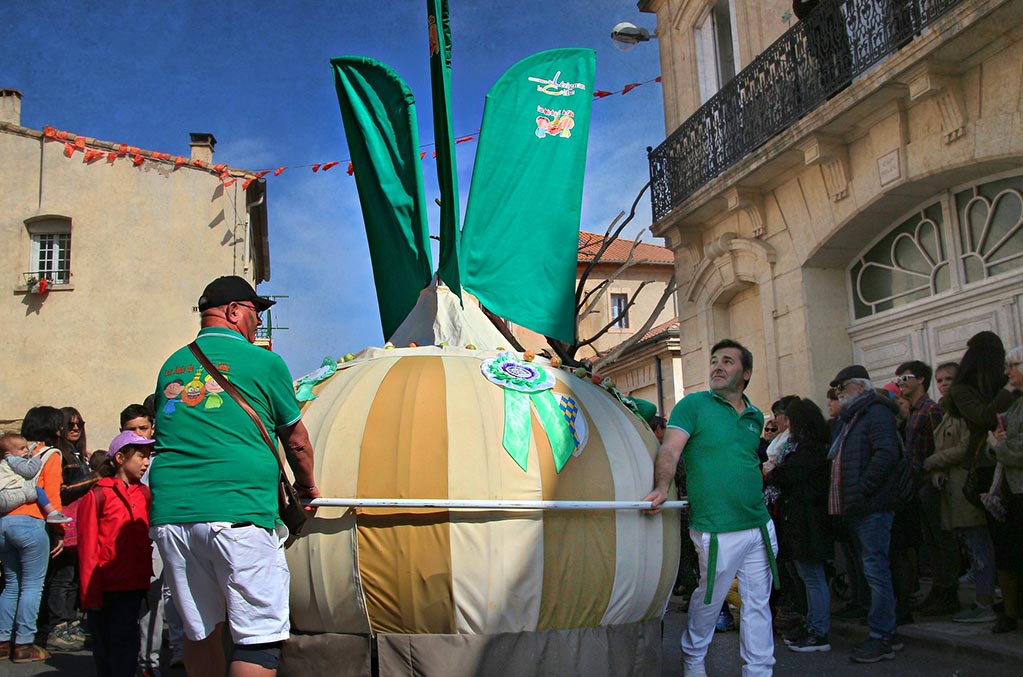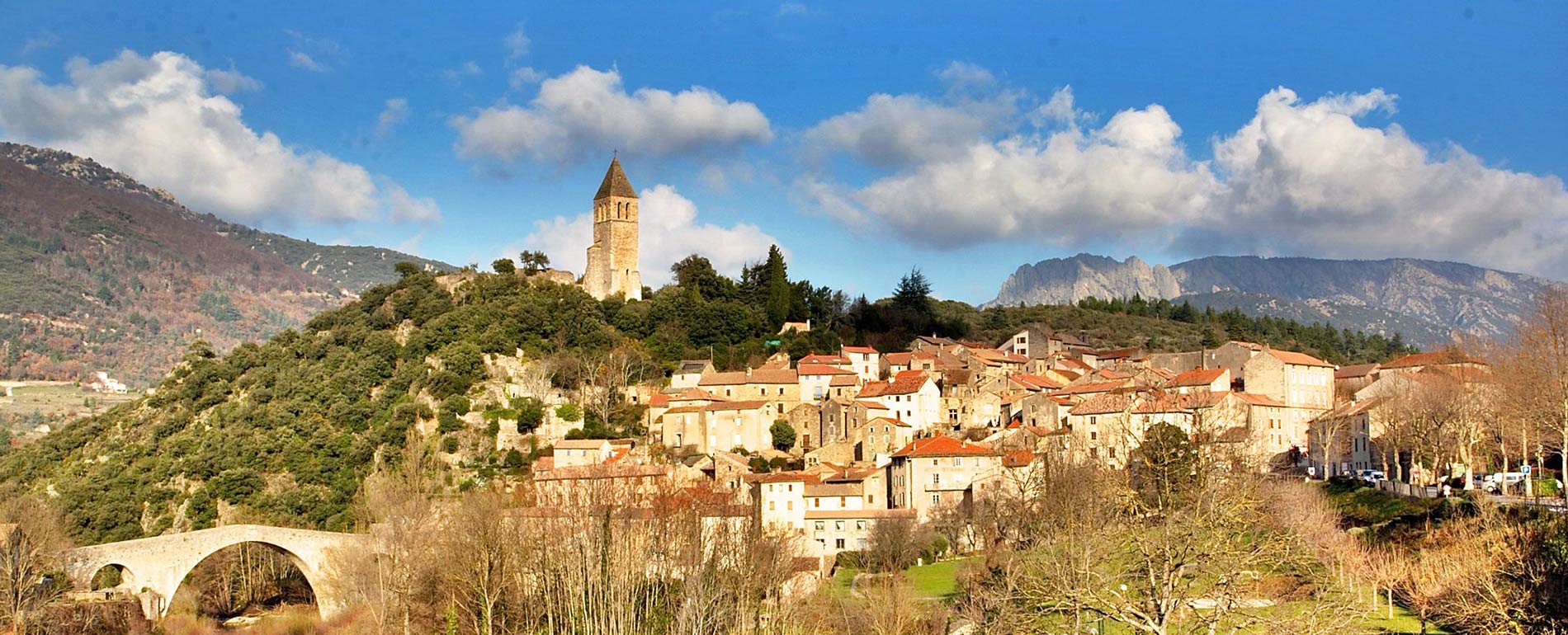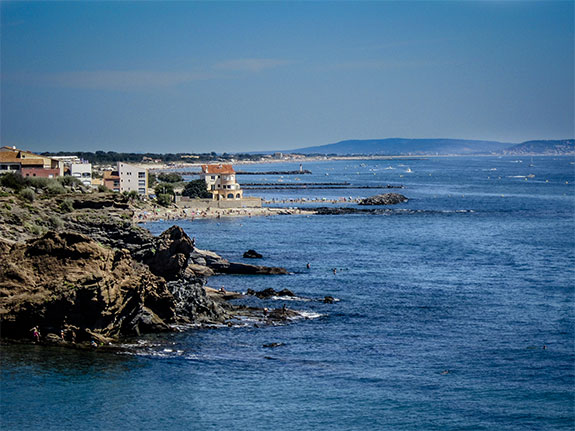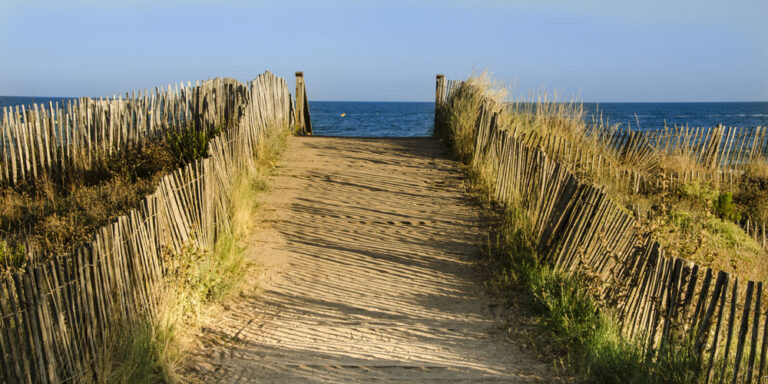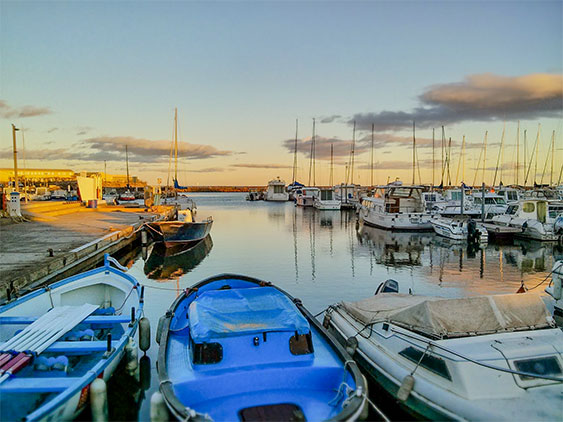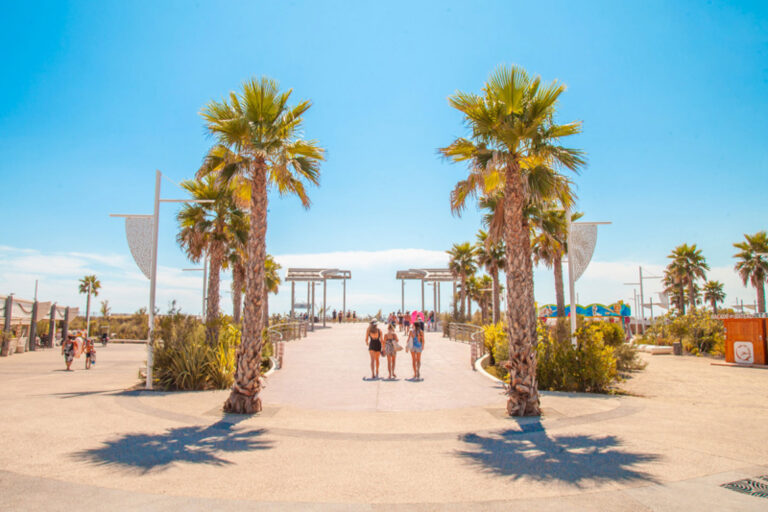Tourism in the Hérault
Montpellier, Béziers, Agde, Valras, Portiragnes, Sérignan, La Grande-Motte, Vias… These are some of the most beautiful destinations in the Hérault.
Crossed by an eponymous river, this territory is among the sunniest departments in France, with more than 2,500 hours of sunshine in 2018. The cities of the Hérault attract families, couples and groups of young people.
These visitors are interested in the heritage of the Hérault such as its museums, its natural sites or its culture and gastronomy.
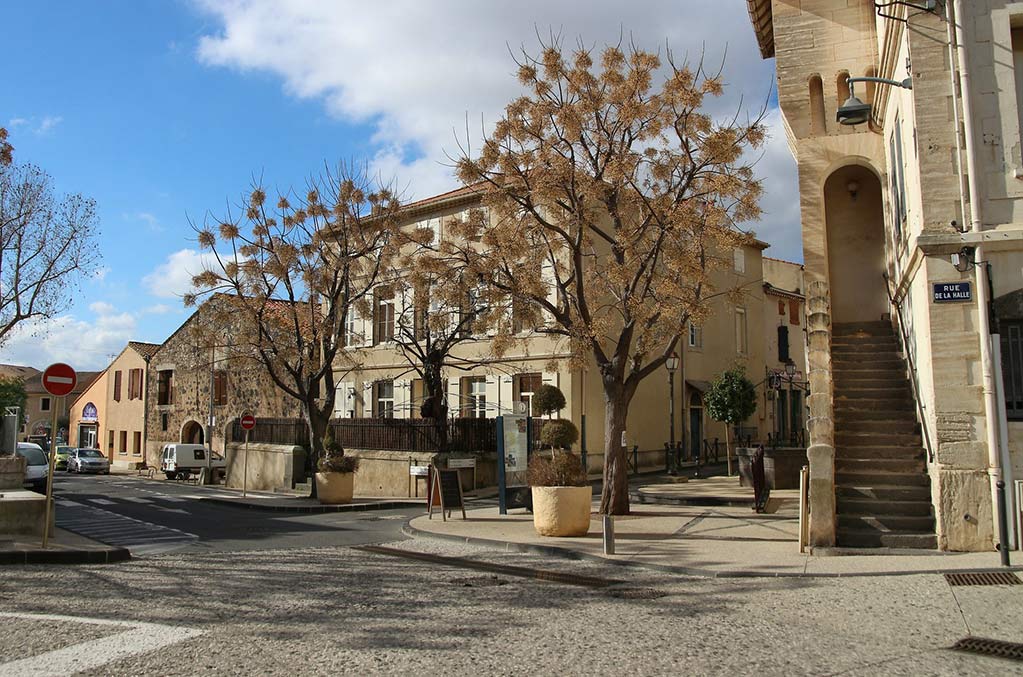
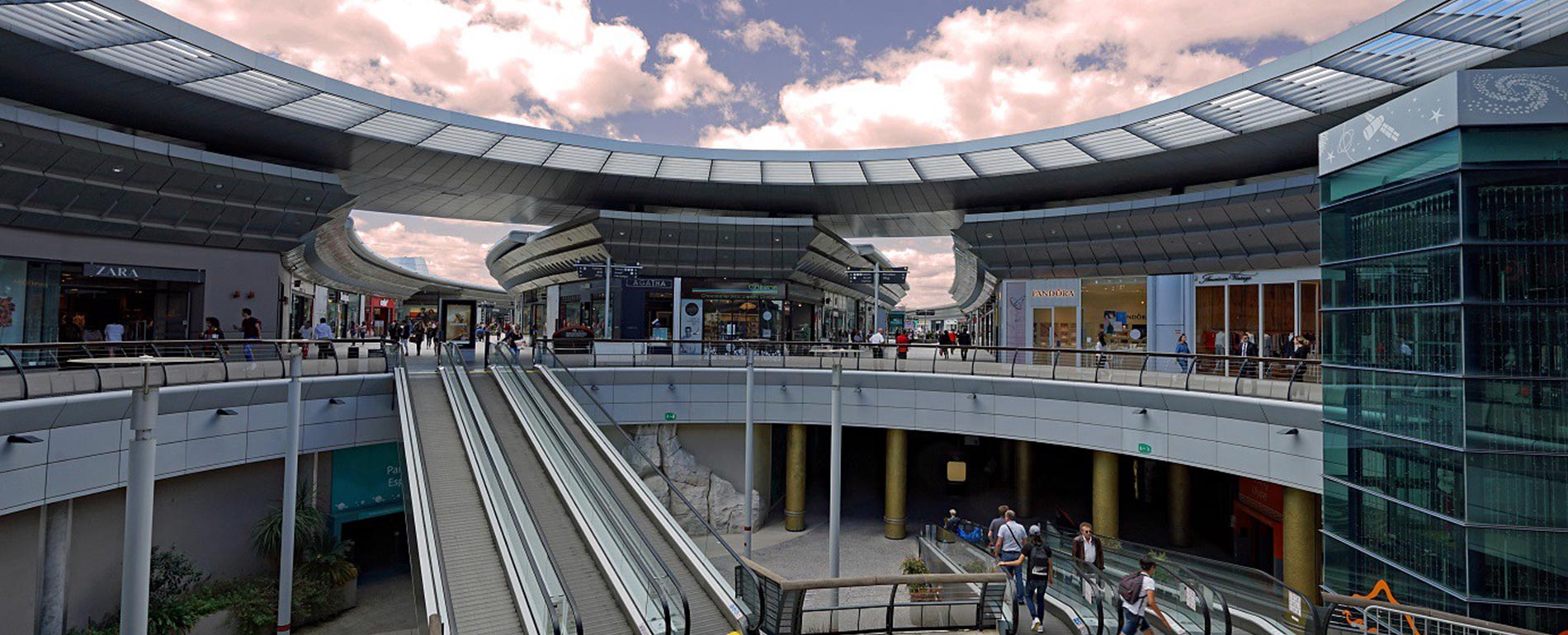
By staying in a mobile home or pitch at the Paradis Le Cayola campsite in Vias, you will be close to the most important sites in the Hérault:
- 1h from Montpellier : the capital of the Hérault is a welcoming, warm and beautiful city, famous for its famous Place de la Comédie and the Odysséum, where one of the largest aquariums in Europe is located, the Mare Nostrum.
- 10 km from Béziers: famous for its cathedral, a great monument of gothic style which dominates the plain of the Orb below.
- 20min from the 9 locks of Fonseranes: essential works which allow all boats to cross the difference in level between the Orb and the Canal du Midi, the most visited tourist site of the Region.
- 600 meters from Port Cassafières: the river base of Portiragnes where you can take a trip in a barge or a boat with or without a license on the Canal du Midi, classified as a UNESCO heritage site, to appreciate its tranquility, its serenity and its changing landscape along the water.
On the heritage side
We have selected five of the most important historical sites in the Hérault, including treasures of sacred art:
Montpellier’s Saint-Pierre Cathedral
St Peter’s Cathedral is widely regarded as one of the most daring achievements of Gothic architecture. Inside, there are ornate stone carvings, elaborate stained glass windows and the oldest fully functional mechanical clock in Europe. A sophisticated astronomical clock with moving figures was added in the 19th century.
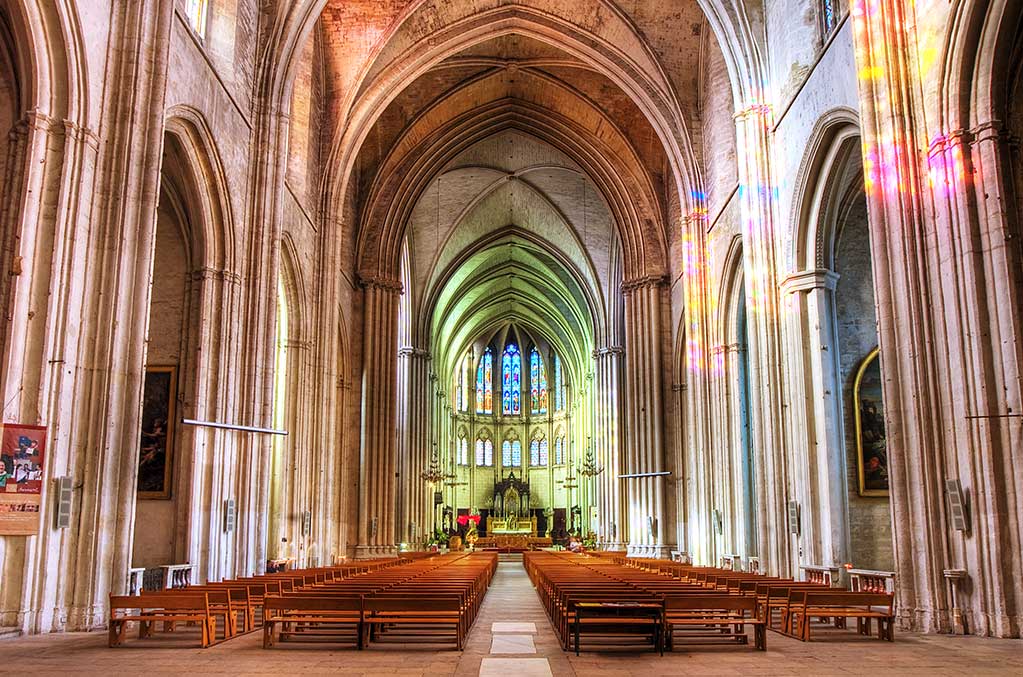
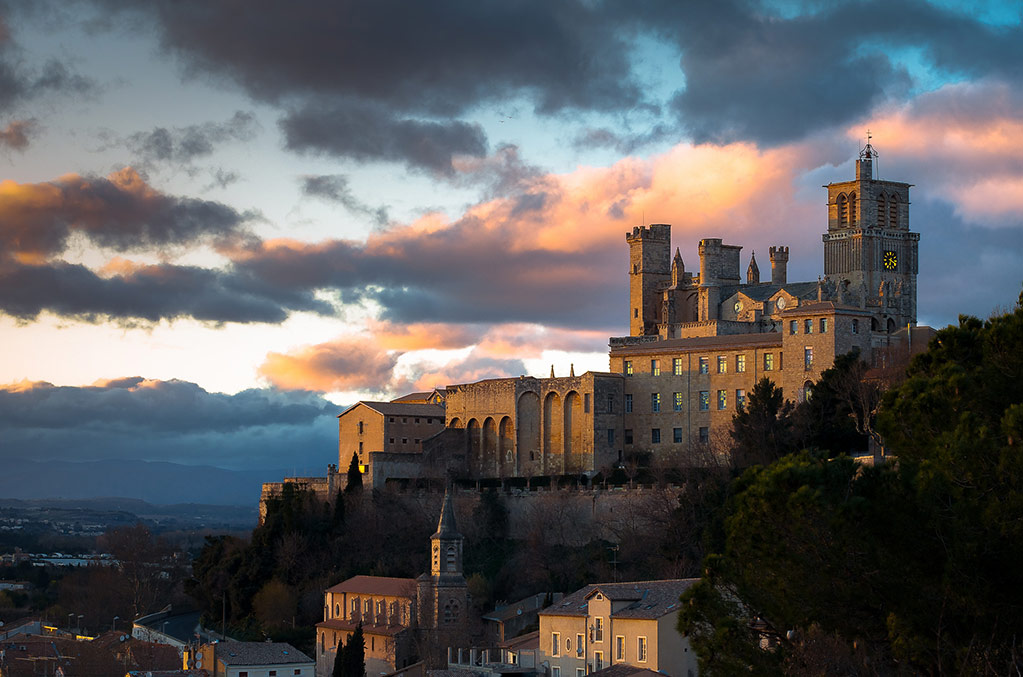
Saint-Nazaire Cathedral in Béziers
The cathedral of Saint-Nazaire in Béziers dates from the 13th century. The building resembles a Gothic fortress, with square towers and fortified walls full of gargoyles, wrought iron gates and an ornate façade.
Inside, visitors can see Romanesque columns and capitals, as well as friezes, Gothic windows, statues and a polychrome marble altar.
The interior of the church is also enhanced by six large paintings, three of which depict scenes from the life of Moses; the other three depict scenes from the life of the Roman emperor Constantine – who imposed Christianity as the official religion of the entire empire – and his mother, St Helena.
Some of the walls are partially covered with old frescoes, which were damaged at some point and then partially restored.
The triumphal arch of Montpellier
The Montpellier triumphal arch is located at the eastern end of the Jardin de Peyrou, a park near the city centre.
The structure was designed by François Dorbay, based on the model of the Porte de Saint-Denis in Paris. Its construction was completed in 1693. Its rusticated surface is crowned by a Doric entablature, suitable for a martial monument. Its final panels in bas-relief and inscriptions glorifying King Louis XIV were added in 1715.
These reliefs show four major events of the Sun King’s reign, told in the form of allegories: the capture of Namur during the War of the Grand Alliance, in which the figure representing the Dutch Republic kneels before the French sovereign; Louis XIV in the figure of Hercules crowned by victory; the digging of the Canal du Midi, which connects the Bay of Biscay to the Mediterranean Sea; and the revocation of the Edict of Nantes.
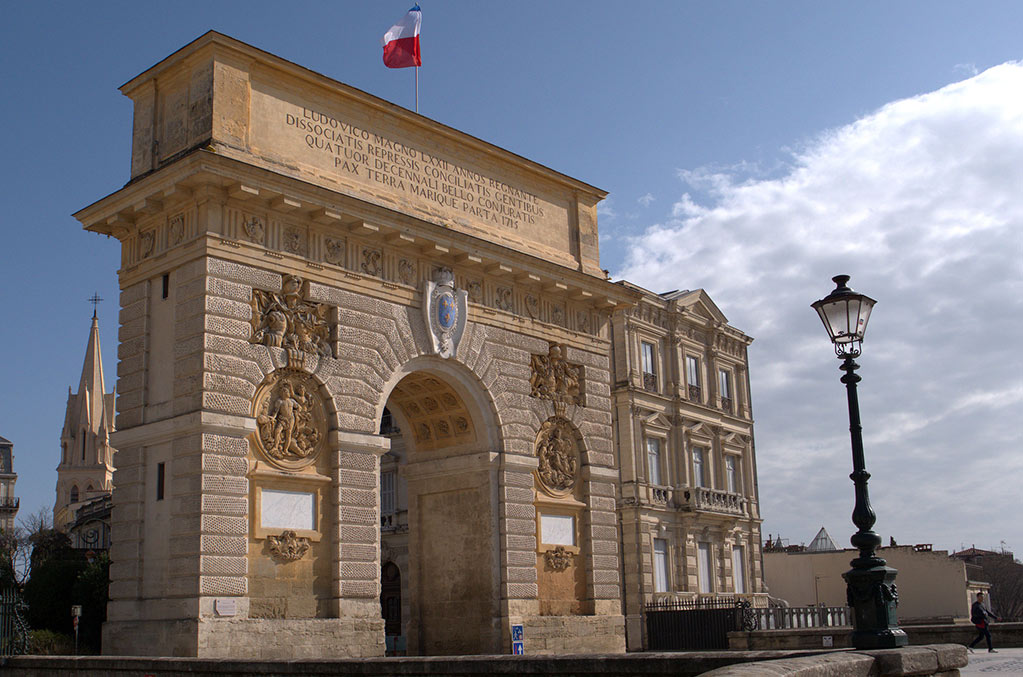
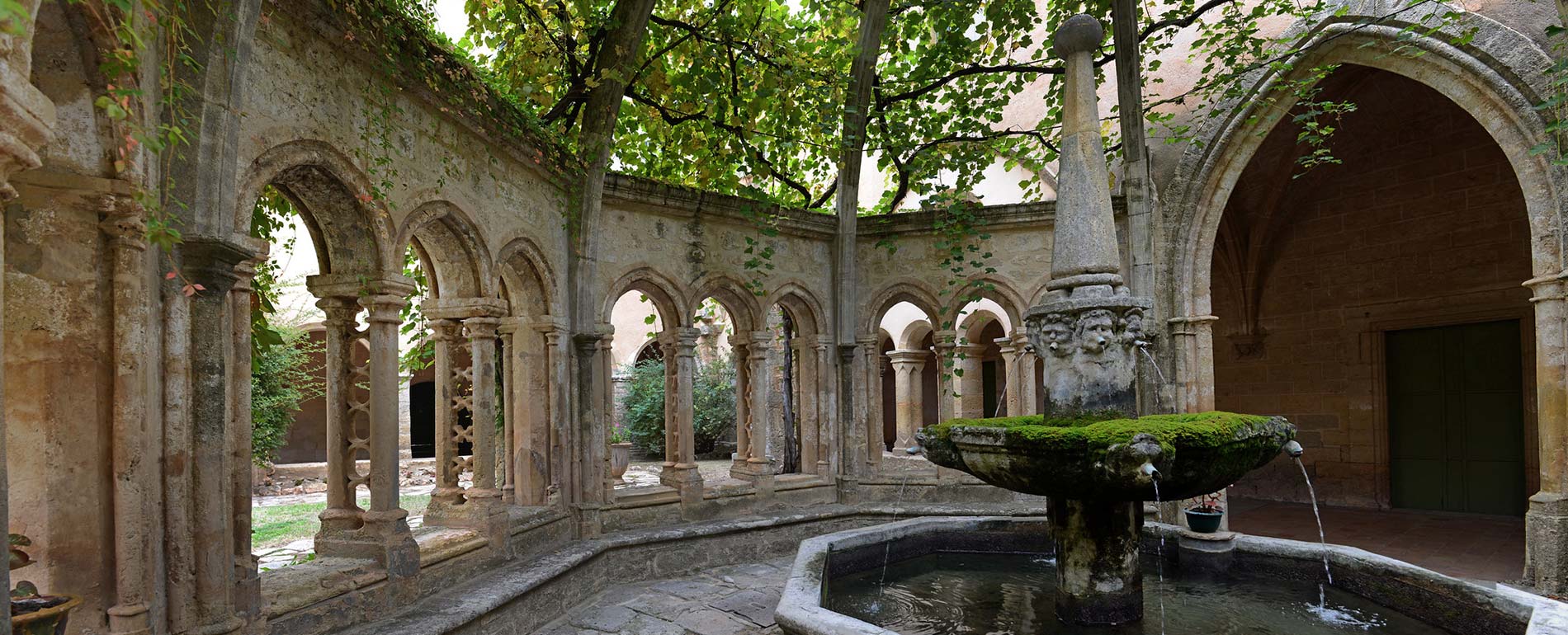
The abbey of Saint-Guilhem-le-Désert
This Benedictine abbey, founded in 804, has a remarkable architecture, which makes it a must-see place in Hérault tourism. The porch of the church dates from the 12th century and the bell tower was built in the 15th century.
The nave – the part between the vestibule and the transept crossing – is higher than most other religious buildings, with four bays, double arches and supporting pilasters. The nave and the two aisles have a semicircular barrel vaulted design.
The church also has relief arches on the side walls. The well-preserved and ornate Guilhem altar is in its original state, with white marble and black limestone inlaid with multicoloured glass paste. The lapidary contains columns and decorative statues, as well as the marble tomb of the abbey’s founder and other sarcophagi.
Valmagne Abbey in Villeveyrac
Built on the site of a smaller Romanesque chapel, Valmagne Abbey is an ancient monastery built in the 13th century. The Gothic abbey church, a listed monument, comprises a nave, a transept and nine chapels radiating from the semicircular ambulatory.
On entering the abbey cloister, one can walk through a garden courtyard with large stone arches, and see the octagonal structure containing a spring-fed washbasin which the monks used to wash their hands before meals. A vineyard was originally established on site by Cistercian monks in the 12th century. The monks produced mainly white wines.
Natural sites
Natural areas are among the places that are a must for tourism in the Hérault. We have selected five sites that are worth a visit:
The Pic Saint-Loup
The Pic Saint-Loup is a jagged mountain about twenty kilometres north of Montpellier. The 658-metre peak is set in a stirring landscape of cliffs and limestone, sunflower fields and vineyards, in short the typical scenery of the South of France.
The peak is visible from much of the Hérault department, and attracts hikers and climbers. On foot, it can be conquered from the south side, on a six-kilometre trail starting from Cazevieille, while the steep cliffs on the north side can be tackled with the help of a guide.
The Pic Saint-Loup wine-growing area is one of the most famous in the Languedoc-Roussillon region, making it one of the most important tourist destinations in the Hérault.
After a hike, visitors often take the time to visit one of the nearby wineries. Most of the wineries produce fabulous reds, with blends of syrah, grenache and mourvèdre.
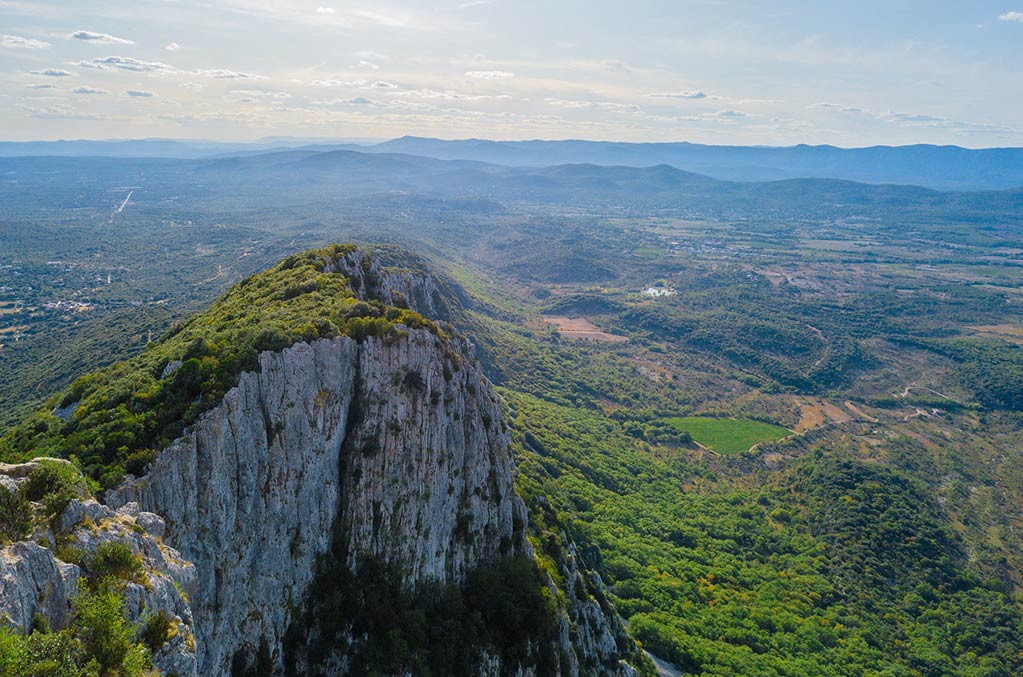
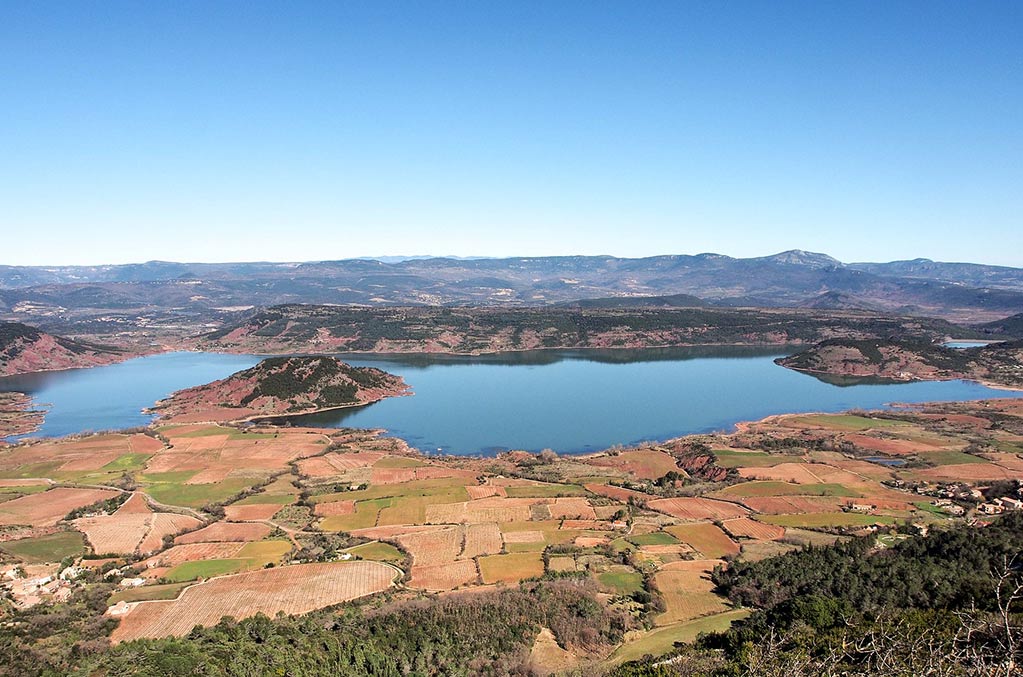
The beaches of the Hérault
The beaches are obviously part of the Hérault’s must-see attractions. If you stay in Montpellier, for example, you can be at the beach in about twenty minutes.
The Hérault coastline offers many choices. In resorts such as Palavas-les-Flots, Carnon or La Grande-Motte, the beaches are sandy spires or barrier islands, suspended from the coast by lagoons.
The Hérault also has many Blue Flag beaches. Among the best-known beaches in the Hérault are the sandy and pebbled beaches of Palavas-les-Flots and the beaches of Vias, which stretch over seven kilometres.
The Canal du Midi
The Canal du Midi was planned by Pierre-Paul Riquet and completed in 1681. At the time, it was one of the most ambitious projects on the Old Continent.
The 241-kilometre Canal du Midi runs through much of southwestern France. The waterway is ideal for boat trips, although many visitors prefer to explore the area on foot or by bike.
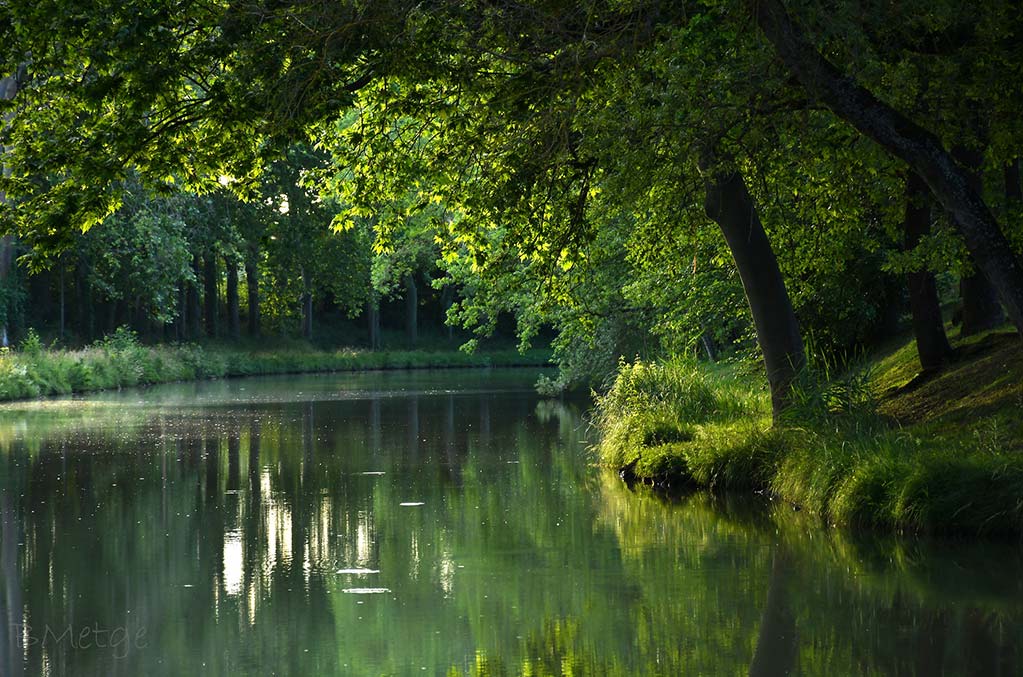
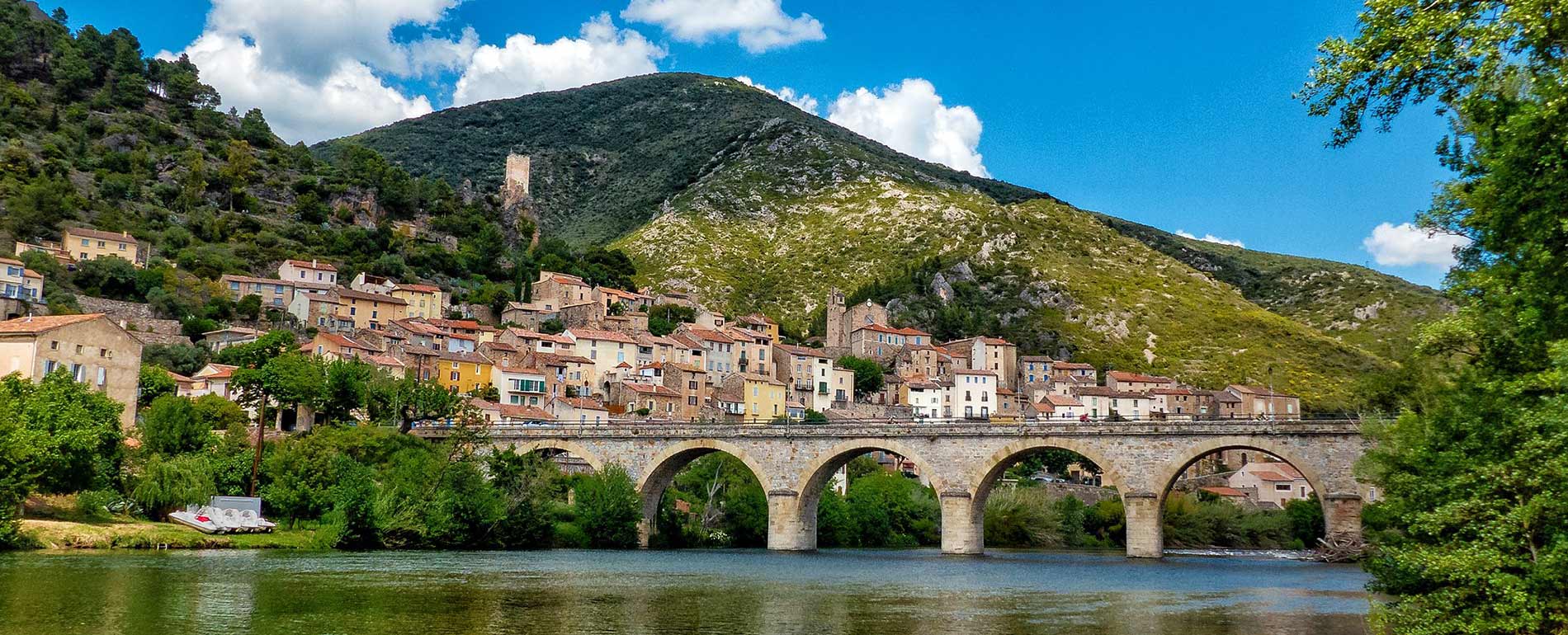
The village of Roquebrun
Built on zigzagging terraces, this beautiful village sits 100 metres above the Orb River. About twenty kilometres from Béziers, it is here at the southern entrance to the Haut-Languedoc natural park, with vineyards and pine-covered peaks all around.
The schist of these soils absorbs heat during the day and releases it at night. This particularity of the Roquebrun terroir is conducive to the production of quality wines that visitors can taste at the cooperative.
The river is shallow and easily navigable. It is a convenient starting point for canoeing and kayaking trips. The village, with its ageing architecture and beautiful view of the Orb, is well worth exploring.
The Mont Saint-Clair
At a height of 175 metres, the hill of Sète offers panoramas of exceptional beauty. There is a platform with benches where visitors can observe the port, the canals and the Thau lagoon.
The slopes of this lookout in Sète are steep in places, but the site is well worth a visit. After all, those who can’t walk to the top can always take public transport.
Mont Saint-Clair was once an island in its own right. Its slopes are “sublimated” by the presence of villas and artistic workshops in houses built for the Italian fishermen of yesteryear. The western slopes are wooded and peaceful, ideal for hiking.
Among the places not to be missed in Hérault tourism, there are also the museums. Visiting these establishments allows you to learn something new and to enjoy convivial moments with your family.
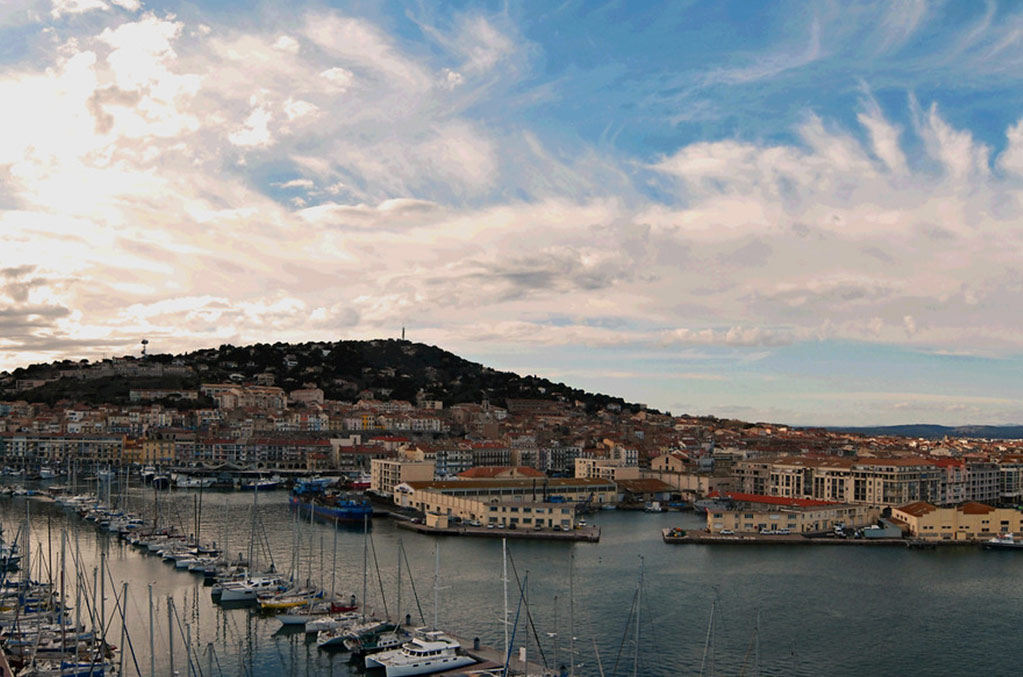
The museums
We have listed here five of the most visited museums in the department:
The Paul Valéry Museum, in Sète
On a terrace near Mont Saint-Clair, this museum is named after the famous poet and philosopher of the early 20th century, Paul Valéry, a native of Sète.
The galleries cover everything from the history of the city to the fine arts: there is a detailed account of the famous jousts, documenting all the results since 1666 and displaying ancient shields and spears.
Visitors can also browse a room dedicated exclusively to Paul Valéry, with manuscripts, recorded recitals of his work and rare copies of his texts.
They can then enjoy the view of the Mediterranean and maritime cemetery from the terrace café, or stroll through the gardens where summer evenings of music, theatre and literature are held.
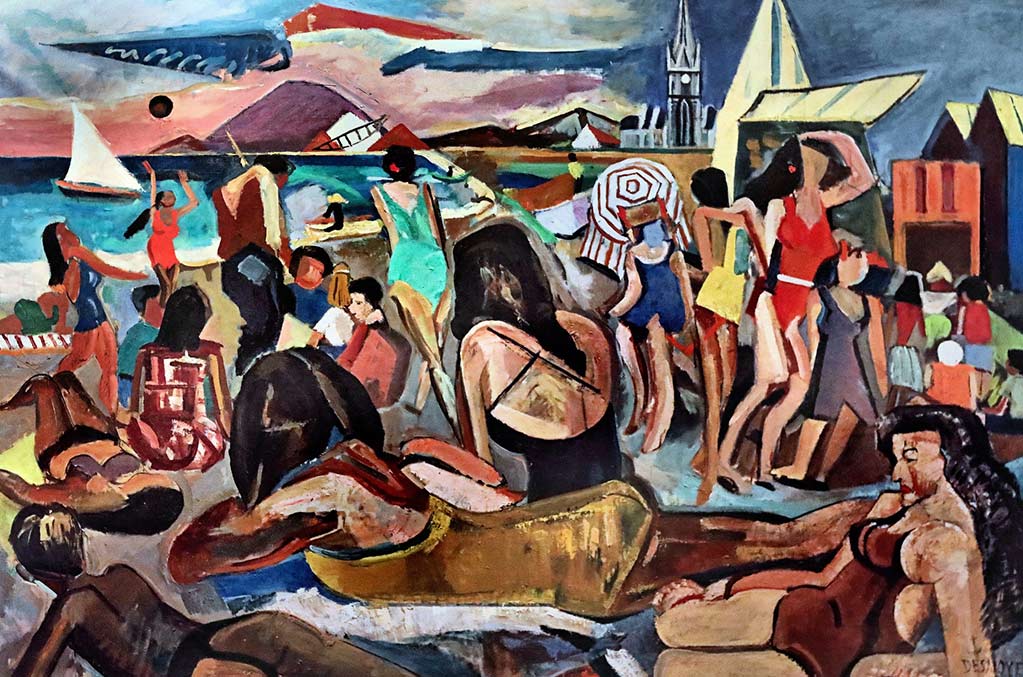
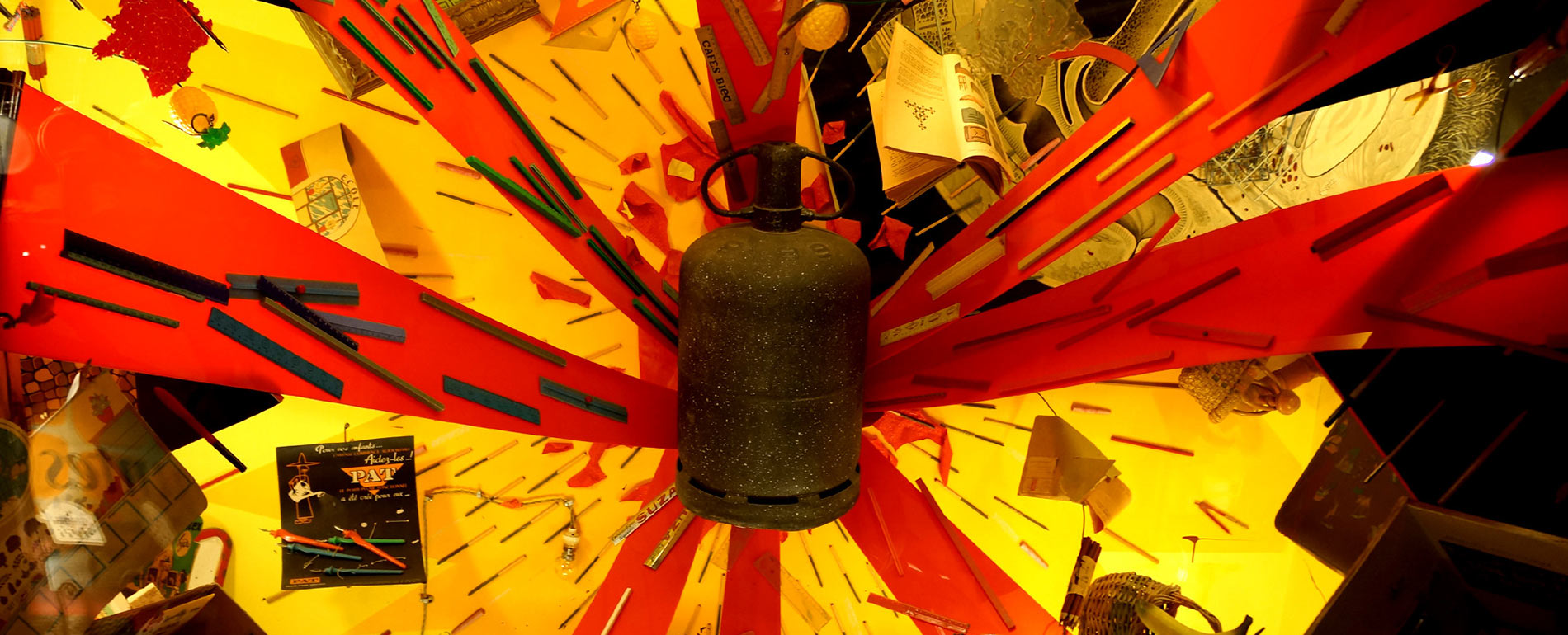
The Musée international des arts modestes (MIAM), in Sète
In a warehouse on the waterfront of the Royal Canal, MIAM deals with ‘modest art’.
It’s a bit like strange art or naive art: artificial or banal objects, like Barbie dolls, are honoured and placed in a different context to give them a soul.
The objects are either imaginative or whimsical, and come in all formats, from video to sculpture.
The temporary exhibitions are updated regularly, with full programmes of lectures and workshops.
The Fabre Museum, Montpellier
Artists from Montpellier have contributed to making the Fabre Museum a formidable artistic attraction, starting with François-Xavier Fabre, whose donation in the 1820s led to its foundation.
Since then, the collection has been enriched by more than eight hundred works, donated by personalities such as Frédéric Bazille and Pierre Soulages.
One of the main attractions of Hérault tourism, the museum presents paintings and sculptures in chronological order.
Lovers of Baroque art will be pleased: Rubens, Veronese, Rigaud and Zurbarán are all in the museum.
The 19th century is also well represented, with Renoir, Courbet and, of course, four works by Bazille.
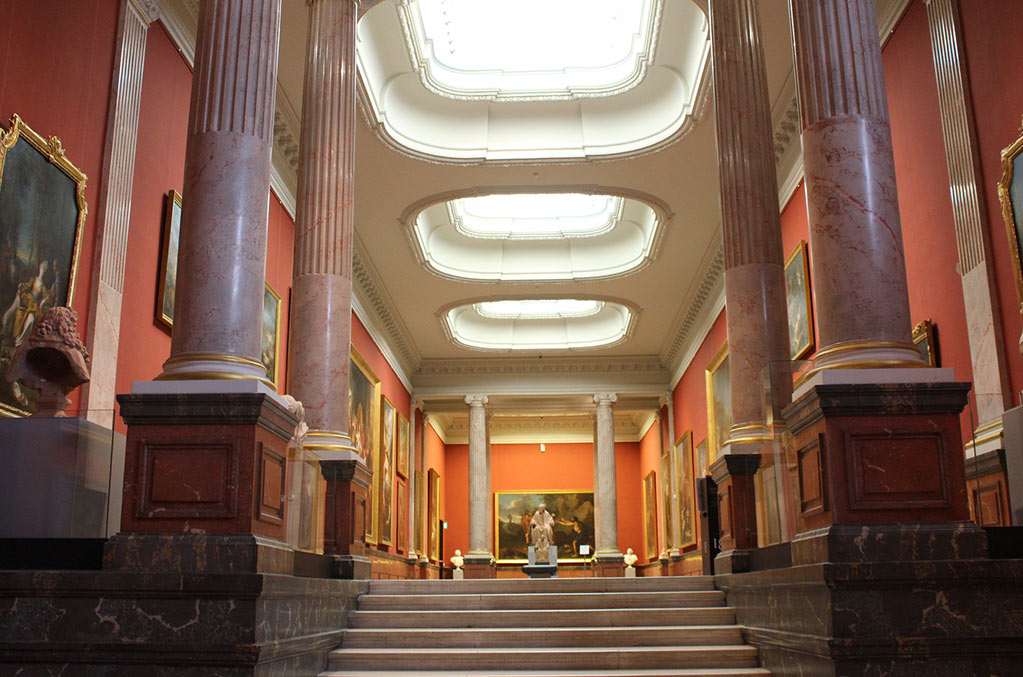
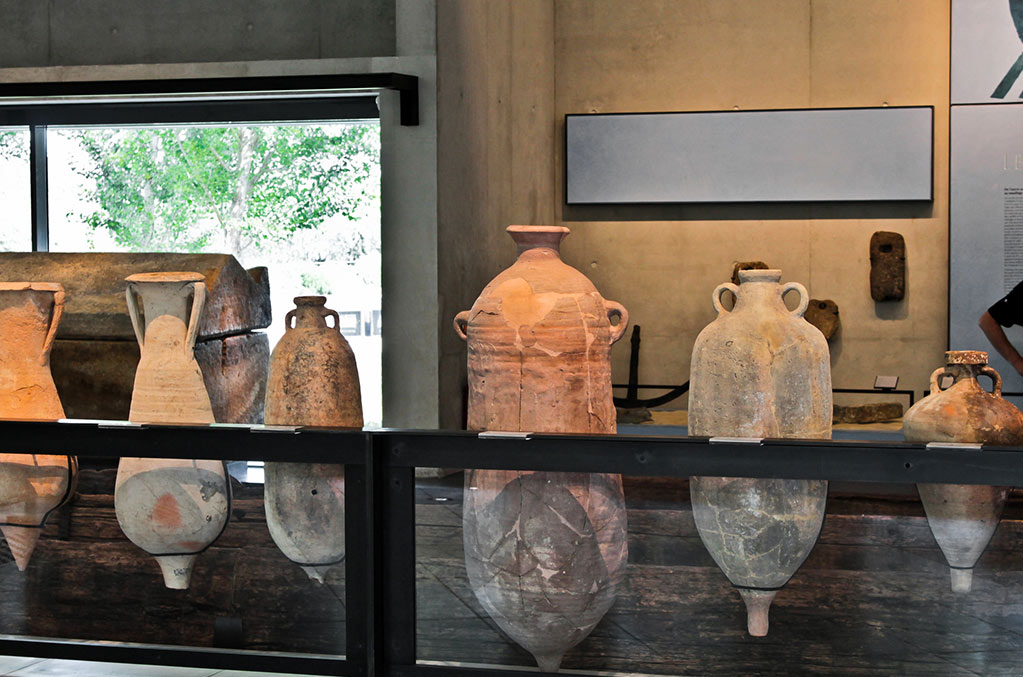
The Biterrois Museum, in Béziers
Housed in a 17th century barracks, a museum reveals the history of Béziers.
The most violent episode in the city’s past, the 1209 massacre of the Cathars during the Albigensian Crusade, is dealt with in depth: there is a model showing what the city looked like at the time, and there are accounts and paintings of the carnage.
The collections of Roman artefacts are extensive, with inscribed stones, amphorae, busts and glassware.
The museum is also the perfect place to discover life in Béziers until the 20th century, offering visitors exhibitions on the natural history of this corner of southwest France.
The Ephebe Museum in Agde
Overlooking the port of Cap d’Agde, this fascinating museum of underwater archaeology opened in 1987 and has modern galleries around a traditional farm.
The local seabed is almost cluttered with centuries of shipwrecks, and the artefacts recovered from them inform the public about the cultures established and traded in the town.
But the museum owes its existence to only one piece, the Ephèbe d’Agde, a late Hellenistic bronze statue of a young man, possibly Alexander the Great.
The statue was discovered in the Hérault in 1964 and kept for many years in the Louvre, before returning to Agde to be the centrepiece of the museum.
Hérault tourism offers a wide choice in terms of historical monuments, natural sites and museums. There is also plenty of choice in terms of activities, particularly those that can be enjoyed with the family.
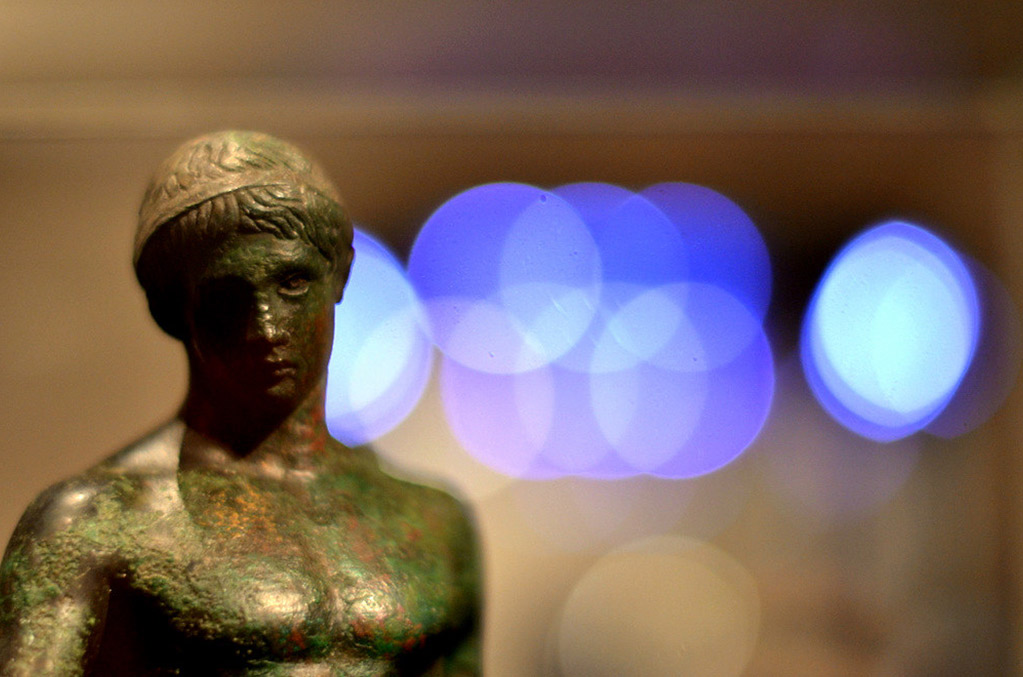
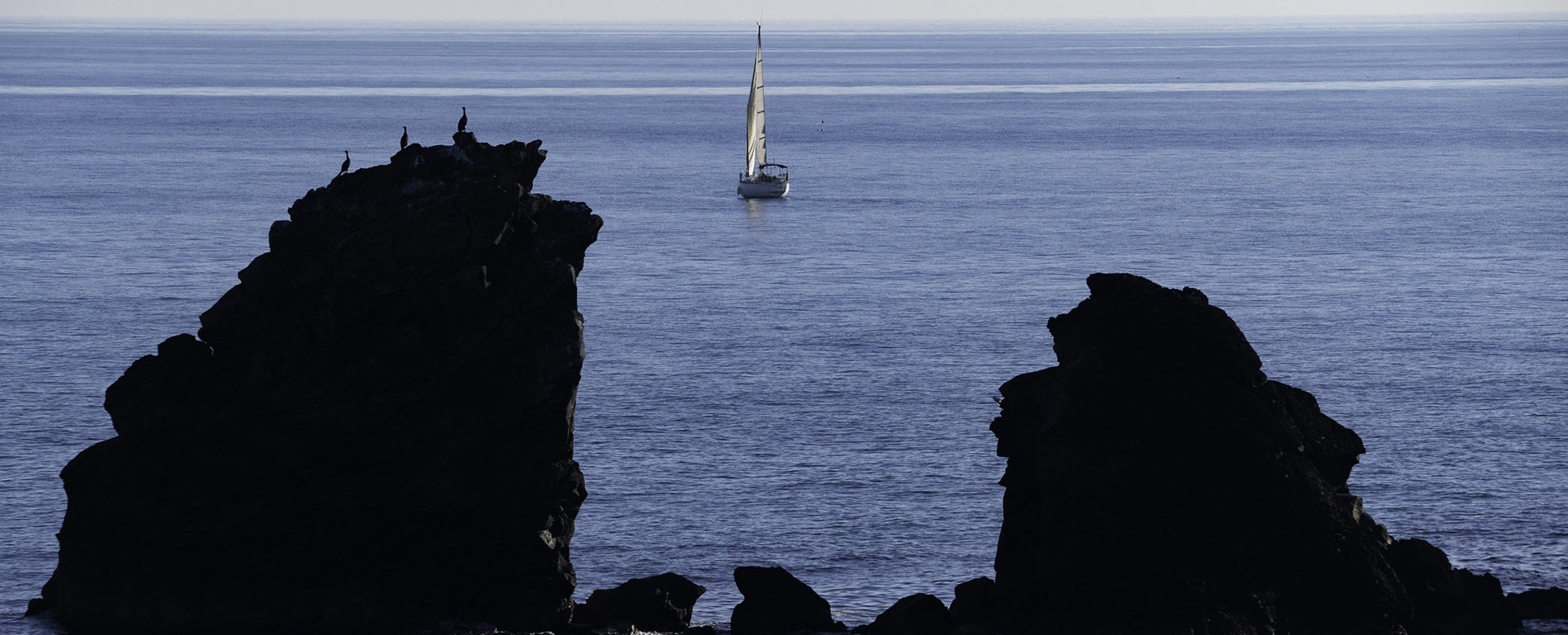
What to do in the Hérault?
We have listed here three of the most popular places for families spending a few days in one of the sunniest departments in France:
The Grande Conque beach, in Agde
This beach is considered the most beautiful natural site in the resort. Seemingly out of nowhere, the Grande Conque is a volcanic beach in a perfect horseshoe shape, with grey-black sand and fine pebbles.
The beach lies at the foot of the cliffs, which break in two, just on the south side. In calm weather, it is a good place to swim: the sea is protected by the headlands, and the gently sloping beach keeps the water below knee height for a few metres.
In bad weather, you can still enjoy the spectacle of powerful waves crashing onto the beach in the shelter of the cliff.
The Old Port of Sète
One of the emblematic sites of Hérault tourism, this Mediterranean trading port straddles the communes of Frontignan and Sète.
With its gridded streets, canals and bridges, the town of Sète offers a picturesque setting that is difficult to compare with other French destinations.
With its gridded streets, canals and bridges, the town of Sète offers a picturesque setting that is difficult to compare with other French destinations.
The Canal Royal is the eastern mouth of the Canal du Midi, allowing boats to travel from the Atlantic to the Mediterranean Sea as early as the 17th century.
You can also take advantage of the walk along the harbour to admire the statue of the jouster on the Civette bridge, and watch the comings and goings of trawlers and pleasure boats.
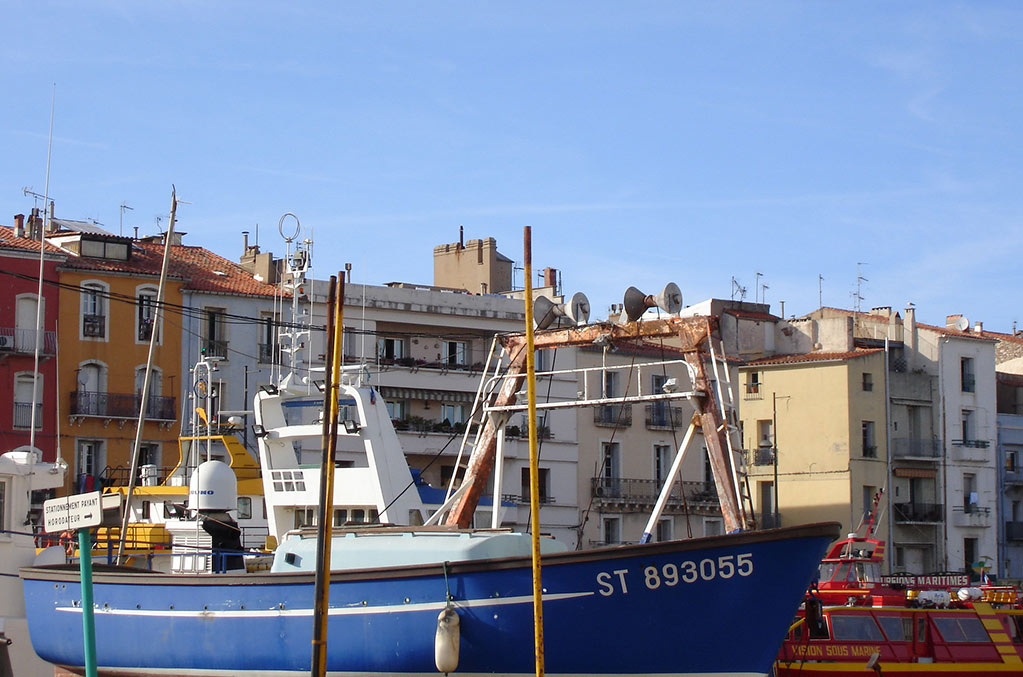
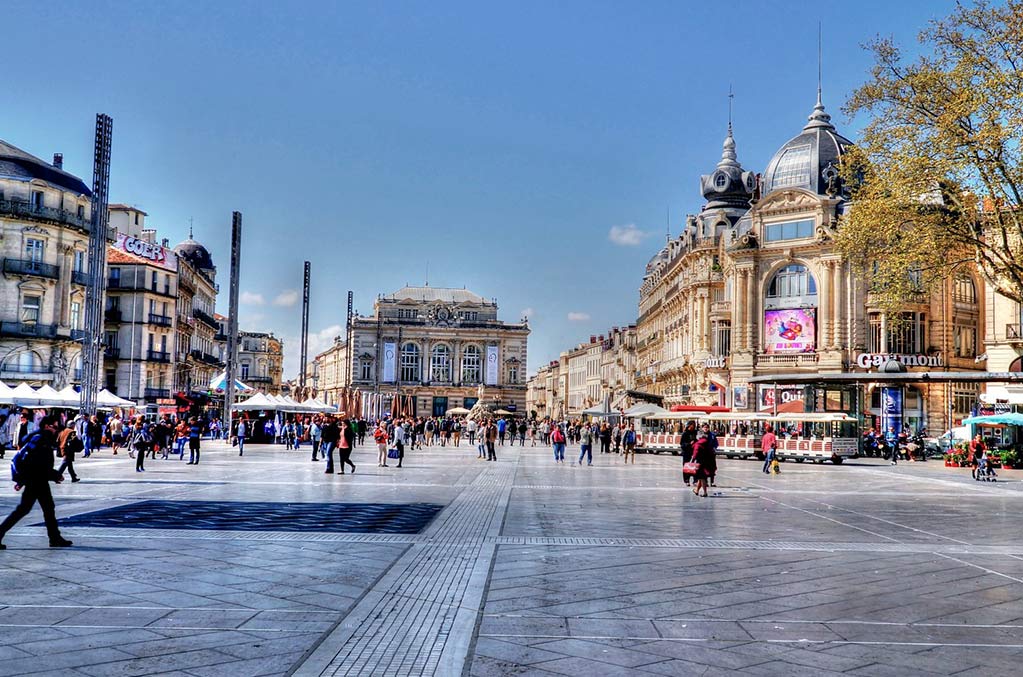
The Place de la Comédie, in Montpellier
Linking Old Montpellier and the new districts of the city beyond the old walls, the large Place de la Comédie is a particularly lively place, especially with the presence of numerous bars, restaurants and shops.
The Three Graces fountain in the middle was built in 1790, and shows the charities of Greek mythology, which are an emblem for Montpellier.
The Place de la Comédie is also the ideal place for a gourmet break in a café or restaurant. The exploration of the city can then continue along the green alleys of the Esplanade Charles-de-Gaulle, bordering the square to the north.
At night, the restaurants and imposing neoclassical buildings around the Place de la Comédie, such as the National Opera, are illuminated by deep blue lights.
Culinary specialities of the Hérault
The Hérault tourism programmes would be complete without the culinary specialities of this culturally rich region.
Visitors can choose from a wide range of fruits such as the Cévennes chestnut or the Vigan reinette apple.
The meat specialities will also arouse your taste buds: pouteille, manoul, agrillade saint-gilloise…
As for pastries, you will find the escalette, the biterroise, the minerve…
As far as vegetables are concerned, we find the cèbe de Lézignan, the asparagus of the sands or the sweet onion of the Cévennes.
